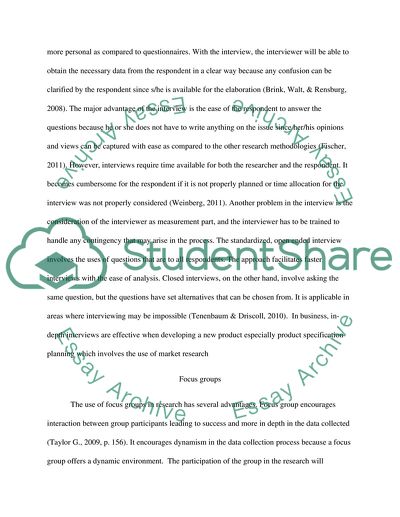Cite this document
(“Comparison Of The Qualitative Methods Assignment”, n.d.)
Retrieved de https://studentshare.org/sociology/1608947-comparison-of-the-qualitative-methods
Retrieved de https://studentshare.org/sociology/1608947-comparison-of-the-qualitative-methods
(Comparison Of The Qualitative Methods Assignment)
https://studentshare.org/sociology/1608947-comparison-of-the-qualitative-methods.
https://studentshare.org/sociology/1608947-comparison-of-the-qualitative-methods.
“Comparison Of The Qualitative Methods Assignment”, n.d. https://studentshare.org/sociology/1608947-comparison-of-the-qualitative-methods.


